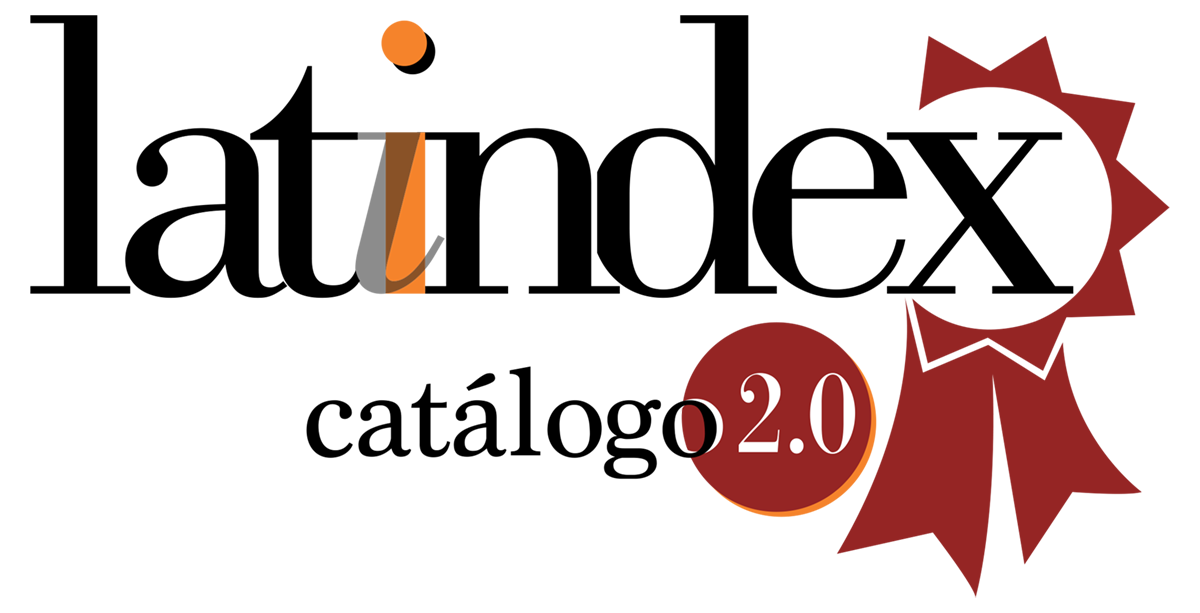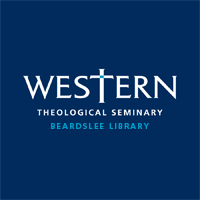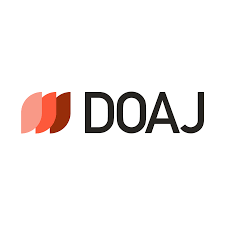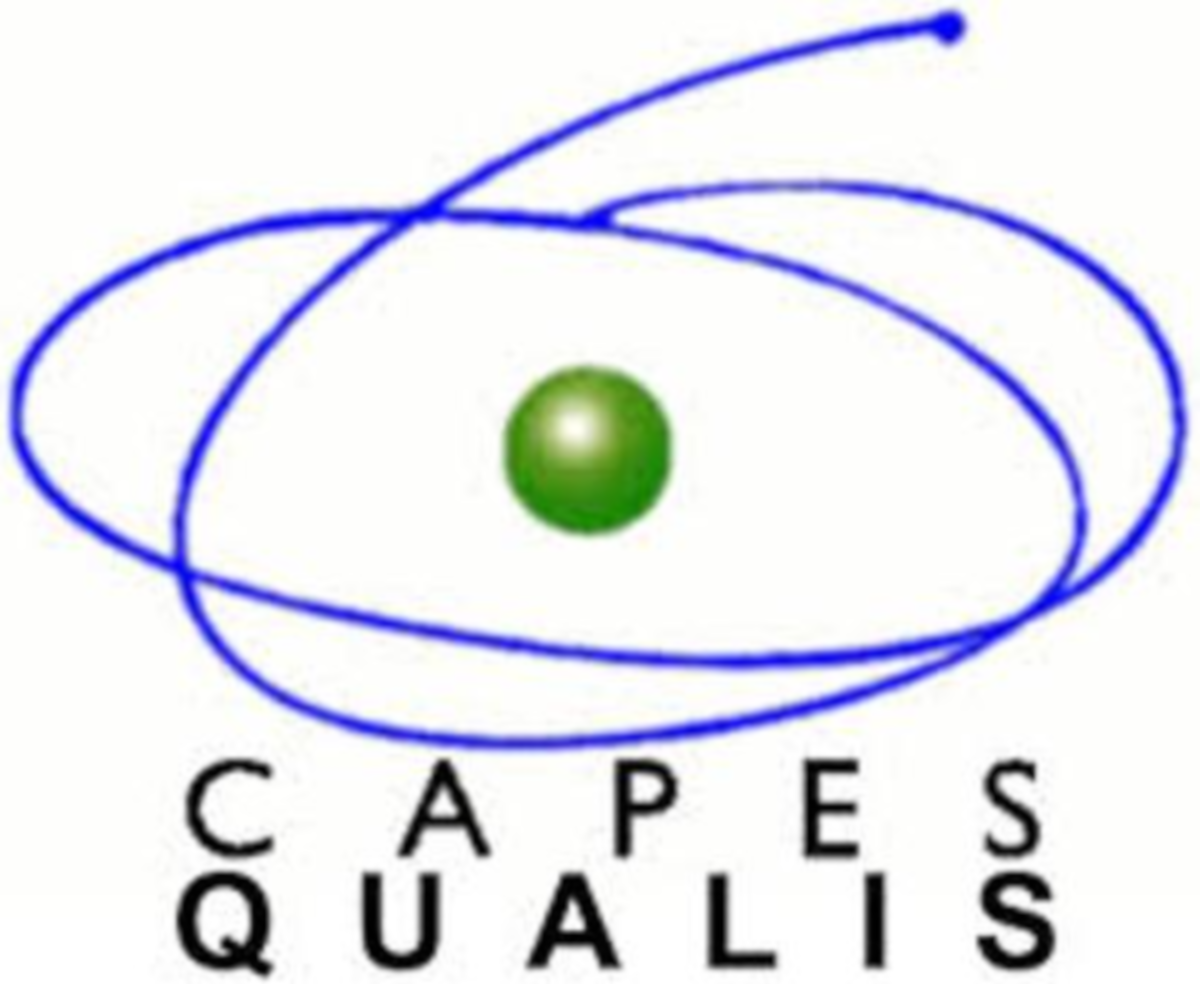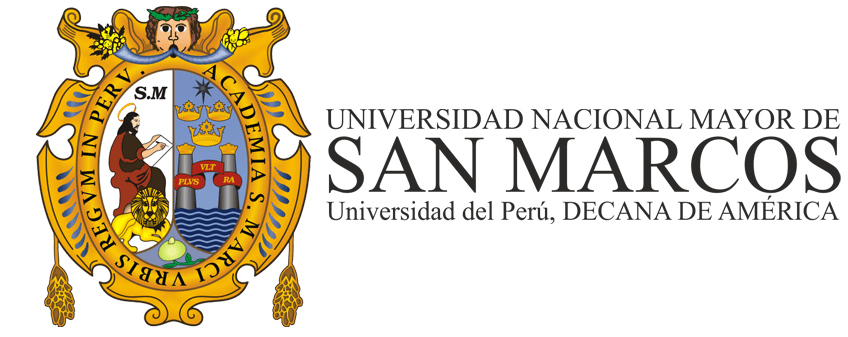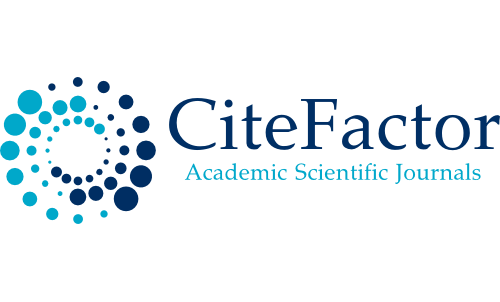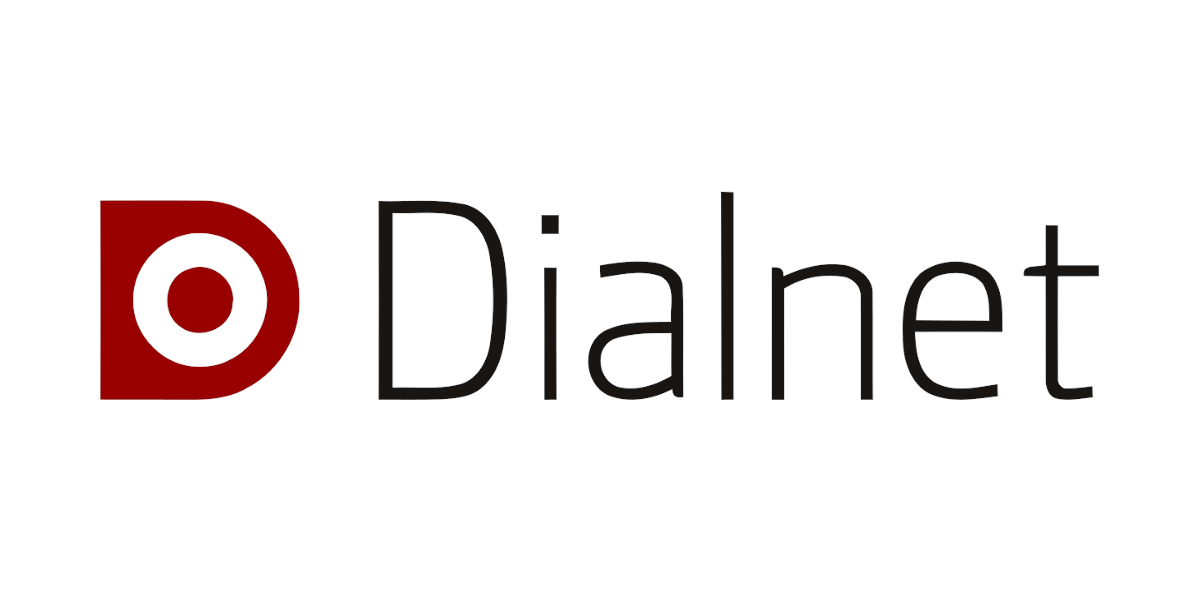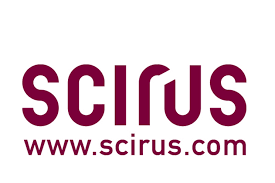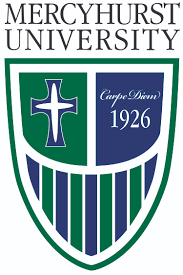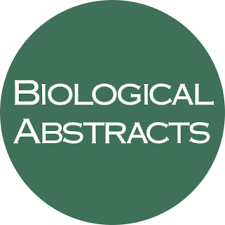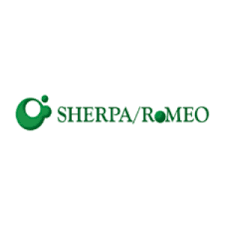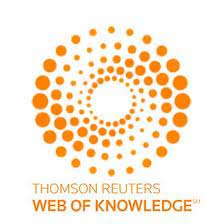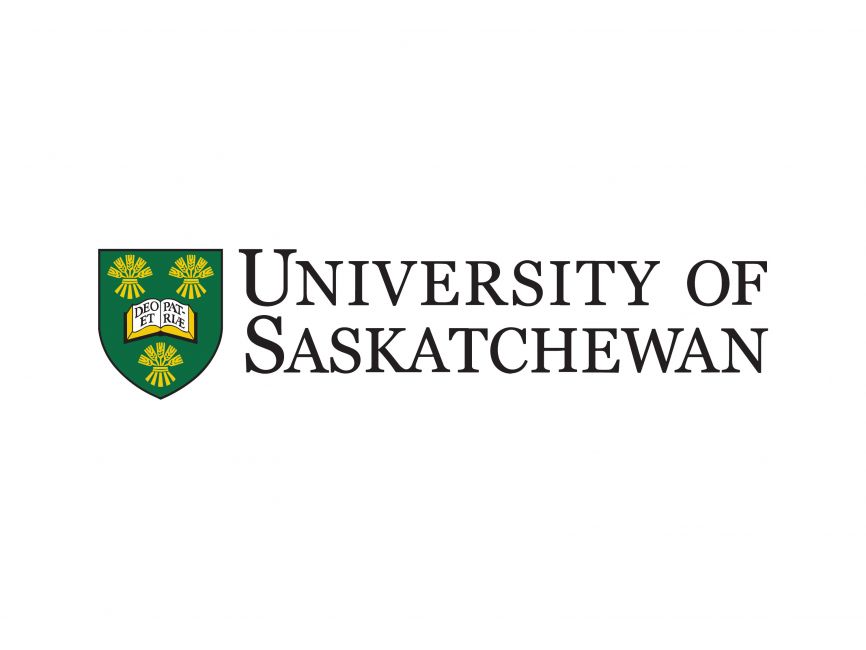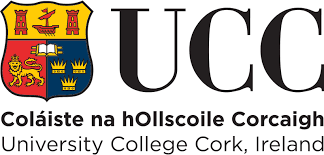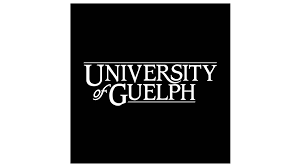Occurrence and distribution of zoonotic nematodes in fishes from Brazil: a systematic review
DOI:
https://doi.org/10.62429/rnh20261202048Keywords:
Anisakis, Contracaecum, Eustrongylides, Gnathostoma, PseudoterranovaAbstract
Nematodes are parasites widely distributed in aquatic environments and are among the helminths of greatest relevance to global public health. Among the species that affect fish, some exhibit zoonotic potential, that is, they are capable of infecting humans. In parasitized individuals, infections may manifest in different clinical forms, including larval penetration of the gastric or intestinal mucosa, leading to inflammatory processes and, in some cases, gastrointestinal complications. In this context, the present study aimed to conduct a systematic review on the occurrence and distribution of zoonotic nematodes in fish in Brazil, with emphasis on identifying the species involved and their main hosts. Articles published between 2000 and 2025, written in Portuguese and English, and restricted to the Brazilian territory were included. A total of 63 articles were selected, allowing a comprehensive survey of zoonotic nematode species reported in different regions of the country. Among the genera identified, Contracaecumsp.1 exhibited the broadest geographical distribution, with records in 17 Brazilian states. Acre (AC) stood out as the state with the highest number of reported hosts, highlighting the importance of this region for understanding the diversity and ecology of these parasites. These findings corroborate previous research, which point to the high ecological plasticity of the genus and its ability to infect a wide variety of fish species, particularly in freshwater ecosystems.
Downloads
Downloads
Published
How to Cite
Issue
Section
License

This work is licensed under a Creative Commons Attribution-NonCommercial-NoDerivatives 4.0 International License.
OBJETO: El AUTOR-CEDENTE transfiere de manera TOTAL Y SIN LIMITACIÓN alguna al CESIONARIO los derechos patrimoniales que le corresponden sobre la (s) obra(s) tituladas: xxxxxxxxxxxxxxxx, por el tiempo que establezca la ley internacional. En virtud de lo anterior, se entiende que el CESIONARIO adquiere el derecho de reproducción en todas sus modalidades, incluso para inclusión audiovisual; el derecho de transformación o adaptación, comunicación pública, traducción, distribución y, en general, cualquier tipo de explotación que de las obras se pueda realizar por cualquier medio conocido o por conocer en el territorio nacional o internacional.
REMUNERACIÓN: La cesión de los derechos patrimoniales de autor que mediante este contrato se hace será a título gratuito.
CONDICIONES Y LEGITIMIDAD DE LOS DERECHOS: El AUTOR-CEDENTE garantiza que es propietario integral de los derechos de explotación de la(s) obra(s) y en consecuencia garantiza que puede contratar y transferir los derechos aquí cedidos sin ningún tipo de limitación por no tener ningún tipo de gravamen, limitación o disposición. En todo caso, responderá por cualquier reclamo que en materia de derecho de autor se pueda presentar, exonerando de cualquier responsabilidad al CESIONARIO.
LICENCIA DE ACCESO ABIERTO: El AUTOR-CEDENTE autoriza que manuscrito publicado en La Revista Neotropical Helminthology permanece disponible para su consulta pública en el sitio web https://www.neotropicalhelminthology.com/ y en los diferentes sistemas de indexación y bases de datos en las que la revista tiene visibilidad, bajo la licencia Creative Commons, en la modalidad Reconocimiento-No comercial- Sin Trabajos derivados –aprobada en Perú, y por lo tanto son de acceso abierto. De ahí que los autores dan, sin derecho a retribución económica, a la Asociación Peruana de Helmintología e Invertebrados Afines (APHIA), los derechos de autor para la edición y reproducción a través de diferentes medios de difusión.


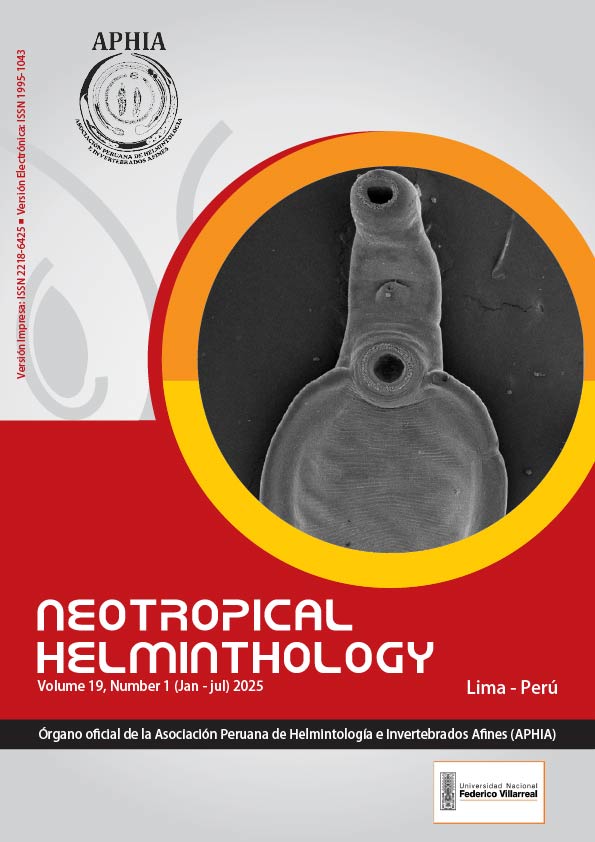 Numero 2 Volumen 19 - 2025 (versión Anticipada)
Numero 2 Volumen 19 - 2025 (versión Anticipada)









